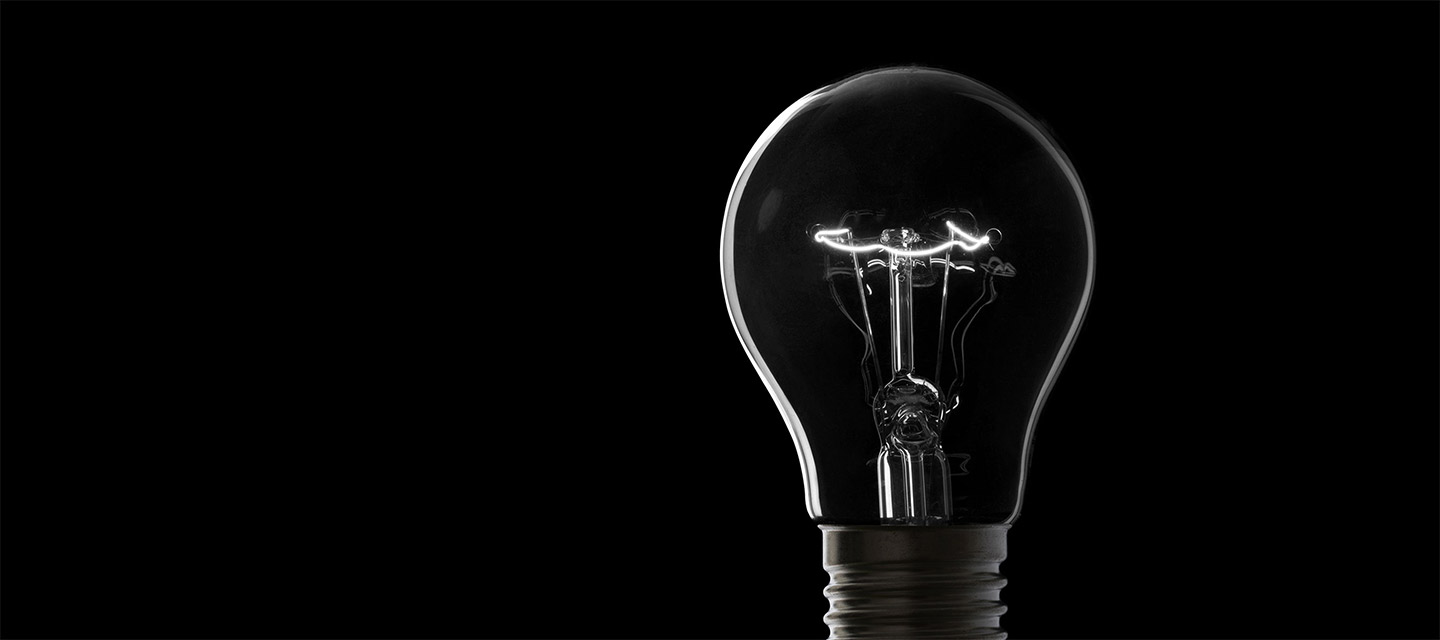
Supreme Court Extends Copyright Damages Beyond Three Years
By Christopher Wiener, Sabrina Larson, and Bina Patel
Key Takeaways
- Last week, in Warner Chappell Music, Inc. v. Nealy, the Supreme Court held that a copyright owner with a timely claim for infringement can recover damages “no matter when the infringement occurred” and with “no time limit on monetary recovery.”
- This decision will impact companies of all sizes that use copyrighted material, as it is likely to lead to a surge of litigation based on outdated actions and could substantially increase damages awards for plaintiffs.
On May 9, 2024, the U.S. Supreme Court issued a landmark decision in Warner Chappell Music, Inc. v. Nealy, holding that under the Copyright Act, “a copyright owner possessing a timely claim for infringement is entitled to damages, no matter when the infringement occurred.” No. 22–1078, 601 U.S. ____ , Slip Op. at 5 (emphasis added). The Warner decision marks a significant retreat from the view that copyright damages are limited to the three years before an infringement suit is filed under Section 507(b) of the Copyright Act and raises the risk of more damages claims based on undiscovered copyright infringement. It also aligns the rest of the country with the Ninth Circuit’s view that a plaintiff can seek damages for all alleged infringing acts even if those acts occurred more than three years before the plaintiff filed suit. See Starz Ent., LLC v. MGM Domestic Television Distribution, LLC, 39 F.4th 1236, 1247 (9th Cir. 2022). Overall, this decision is significant for companies of all sizes that use copyrighted material, as it is likely to lead to a surge of litigation based on outdated actions. It will affect both plaintiff and defense strategies, and could result in substantially higher damages awards for plaintiffs.
The underlying dispute arose when Sherman Nealy discovered that, unbeknownst to him, his former business partner had licensed music from their prior company to Warner Chappell while he was in prison. In 2018, Nealy sued Warner Chappell, alleging that he held copyrights to the songs at issue and that Warner Chappell’s licensing activity had infringed his rights. The infringing acts dated back to 2008, ten years before Nealy brought suit. Nealy sought damages and profits for the alleged infringement under the Copyright Act.
The Supreme Court held that Nealy could recover damages for Warner Chappell’s infringing acts beyond the three-year period before his lawsuit. While the Court acknowledged that Section 507(b) establishes a three-year statute of limitations for filing a lawsuit, it reasoned that that provision “establishes no separate three-year period for recovering damages.” Warner Chappell, Slip. Op. at 5. As a result, so long as the copyright infringement claim is timely filed, a successful plaintiff can recover damages with “no time limit on monetary recovery.” Id.
Most notably, the majority opinion did not resolve a longstanding question of whether the discovery rule governs the timeliness of copyright claims under Section 507(b), an issue that circuit courts are split on and that the Supreme Court has not directly addressed. Under the “injury rule”, a copyright claim “accrue[s]”—meaning, the clock to bring a claim starts ticking—when “an infringing act occurs.” Petrella v. Metro-Goldwyn-Mayer, Inc., 572 U.S. 663, 670 (2014). The discovery rule, on the other hand, extends the accrual date for unknown infringements to the time “the plaintiff discovers, or with due diligence should have discovered” the infringing act. Id. n.4 (internal citations and quotations omitted). To establish the timeliness of his claims, Nealy invoked the discovery rule for infringing acts that occurred ten years before his lawsuit. The majority assumed that Nealy’s lawsuit was timely filed without actually deciding whether copyright claims are subject to the discovery rule.
Conversely, the dissent steadfastly argued that the Copyright Act “does not tolerate a discovery rule” and disagreed with the majority’s decision to assume—without deciding—that the discovery rule applied here. This question may well end up in front of the Supreme Court in the future, as there is a currently pending petition for certiorari that squarely presents the question of “[w]hether the ‘discovery rule’ applies to the Copyright Act’s statute of limitations for civil claims.” See Petition for Writ of Certiorari, Hearst Newspapers, L.L.C. v. Antonio Martinelli, No. 23–474, at i (Nov. 2, 2023).
Following last week’s decision, the expanded timeframe for damages recovery means that businesses not only need to prepare to defend against older infringement claims—and to carefully vet the risk those potential claims may pose when considering acquisitions—but should also consider the viability of pursuing infringement claims that were previously considered time-barred.
Please contact the Coblentz Intellectual Property team with any questions.